When it comes to balancing development with stewardship of fish and wildlife habitat, mitigation is a critical conservation tool that more sportsmen and decision makers should understand
The simplest definition of mitigation is “the action of reducing the severity, seriousness, or painfulness of something.” A colleague of mine once shared a great metaphor that helps to explain the concept: Let’s say you and I are sitting at a bar enjoying our favorite beverage and you’ve finished half of yours when I suddenly knock it over, spilling what’s left.
Would you feel the effects of my actions were mitigated if I bought you half a drink? How about if I grabbed a napkin, soaked up the remains of your drink, and squeezed it back into your glass? Even if you were to accept this and drink the remaining soaked up beverage, it would be a loss to you.
Truly mitigating the impact I had on your evening would, at the very least, mean buying you a new drink. I should probably consider buying the next round, too, if I want to get invited again!
Now, what if the precious resource lost was not your favorite IPA, but fish and wildlife habitat?
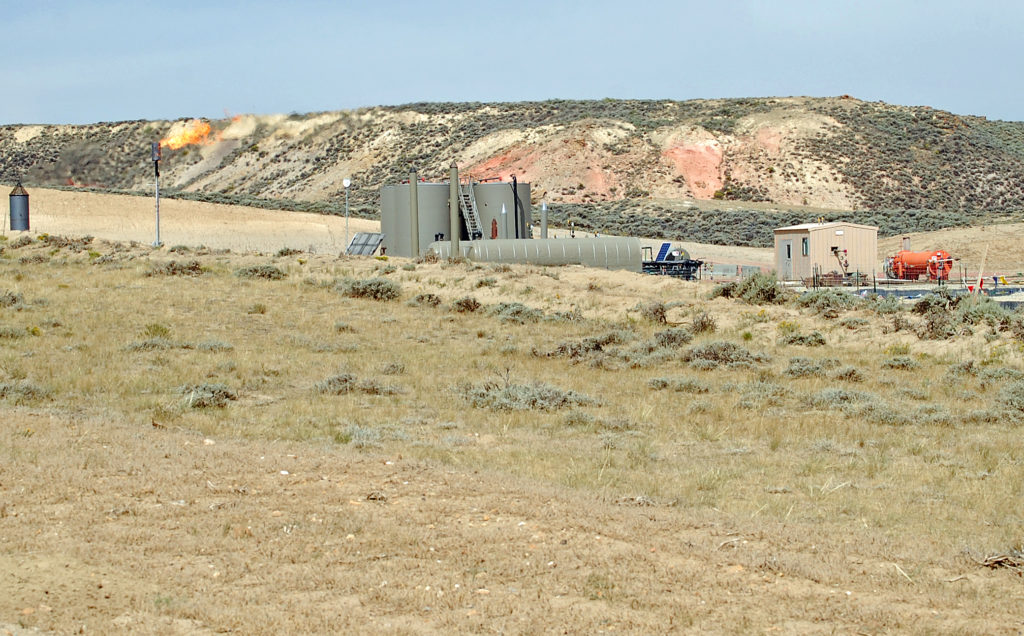
First, Do No Harm
There is a foundational hierarchy to mitigation, and it starts with doing no harm: The very best way to mitigate impacts of development on habitat is to avoid those impacts in the first place. After all, some places are just too important to develop, or it might not be possible to replace that habitat elsewhere.
Think about the very best wintering area for a mule deer herd. Some may argue those deer “will just go somewhere else” if a project goes in that would have impacts. But will they? Even if they do alter their course, we have no way of knowing if they are just as likely to survive a harsh winter on different terrain. Wouldn’t it be better to avoid the area in the first place?
The next step in this hierarchy is to minimize impacts. A project developer should employ a wide range of actions to avoid as much disturbance as possible to animals in the area. For example, a proposed transmission line could be located along an existing road system to minimize fragmenting otherwise undisturbed habitat. Or, loud noises could be minimized in a variety of ways to lessen disturbance to animals.
If unavoidable or unforeseen impacts occur, the next step in the mitigation hierarchy is to compensate for the loss by creating habitat somewhere else. This might involve securing a conservation easement on private land or restoring adjacent habitat with treatments designed to improve conditions for the affected species overall. Compensatory mitigation for a new road system or oil and gas field in sagebrush habitat could involve, for example, payments by the developer to cut invasive juniper trees that have pushed out sage species’ preferred cover.
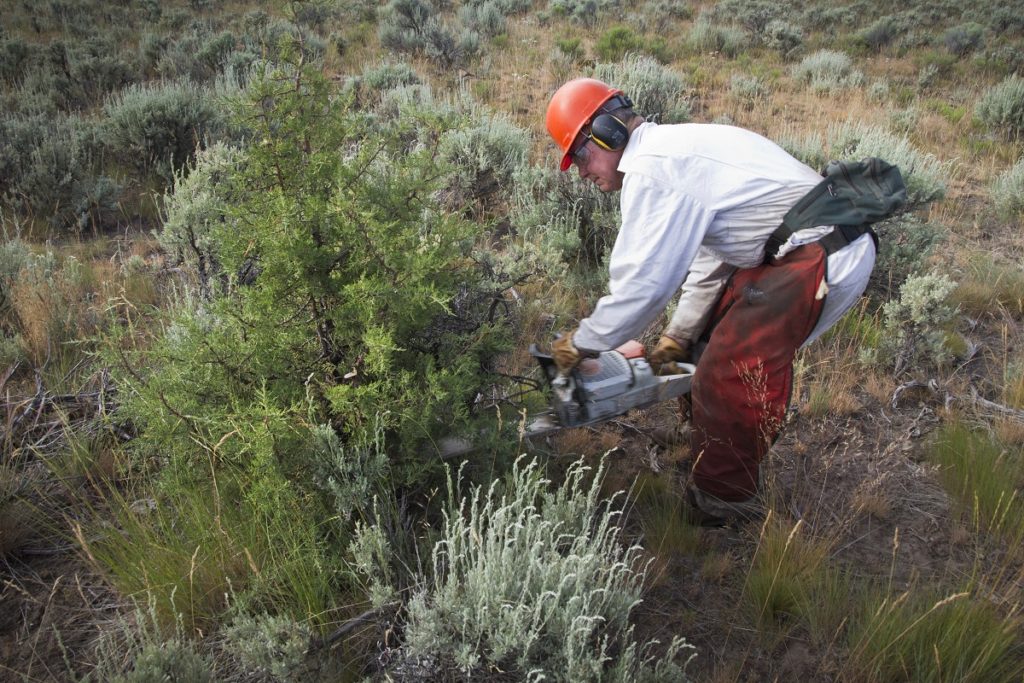
Beyond the Footprint
A very important consideration when determining how much compensatory mitigation is needed is understanding how animals respond to the project. Sometimes it’s not enough to replace the habitat removed in the area of a well pad, road, or wind turbine—often referred to as the “footprint” of the project. At times, the affected wildlife might also avoid using what looks like perfectly good habitat around the project footprint because they just don’t like being near the infrastructure, noise, or humans. In this case, to truly mitigate the actual impact, we have to figure out the footprint plus the area the animals avoid near it and replace that habitat elsewhere to achieve what is called “no net loss.”
Mitigation that only accounts for the footprint of the project is almost always a loss—think about that half a beer I spilled. Buying my buddy half a pint doesn’t really set the situation right, even though I’m technically replacing what he lost. There’s no other way to go from less habitat to no net loss of habitat unless mitigation accounts for the entire area affected by the presence of a project.
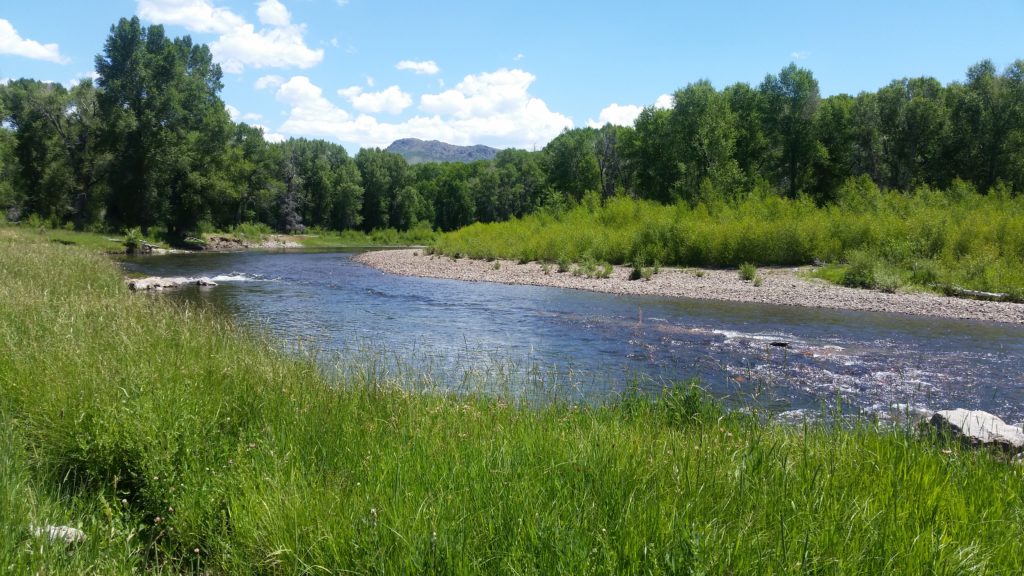
A New Era of Energy Development
So why does all this matter for sportsmen and women? Without mitigation as a tool for conservation, development equates to a loss of fish and wildlife habitat—plain and simple. That’s why the TRCP is working with our partners and a wide range of conservation and sportsmen’s groups to speak up for habitat mitigation, especially where there’s an appetite for more development on public lands.
Lost habitat equals fewer animals, less opportunity for hunters and anglers, and a hit to the local outdoor recreation economy. Sportsmen and women must stay informed and engaged, even on public land management issues as complex as mitigation, so we don’t wind up settling for half a beer.
This post was originally published in March 2018 and has been updated.

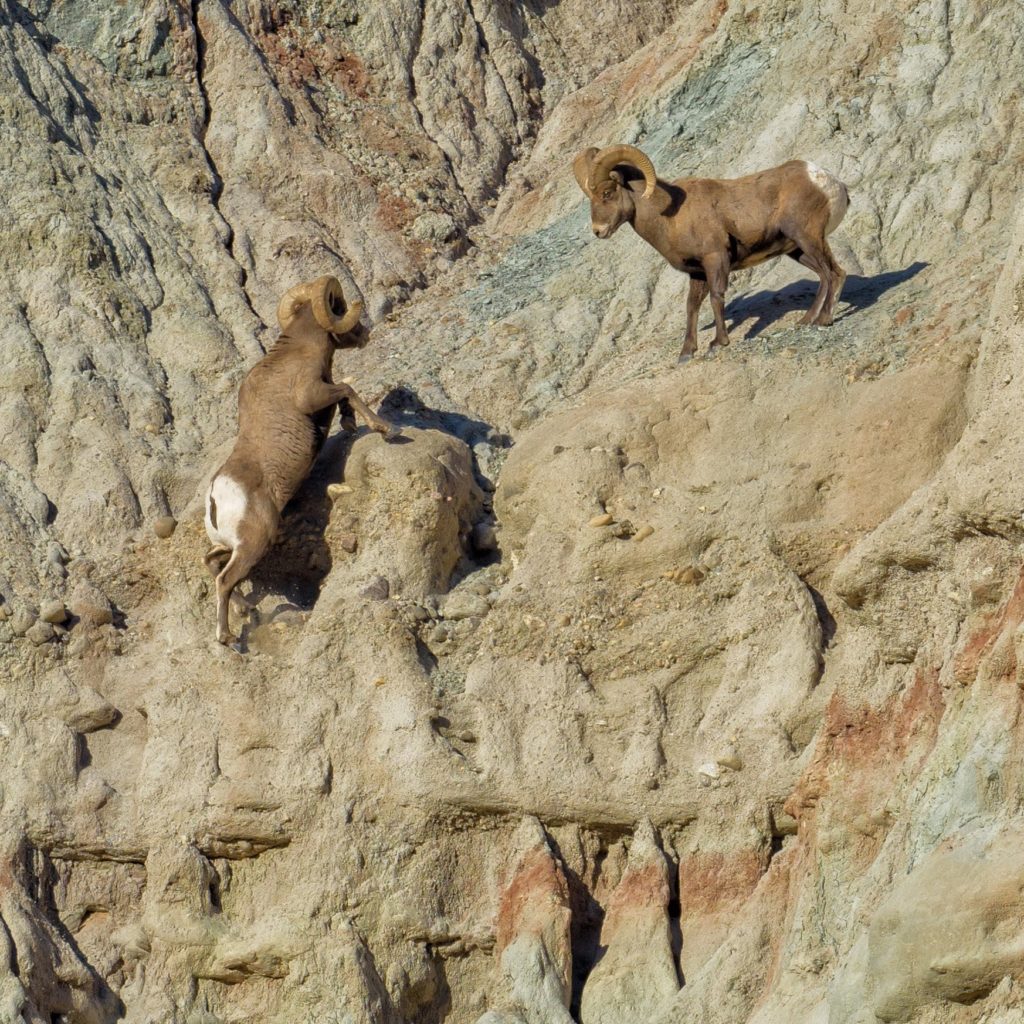
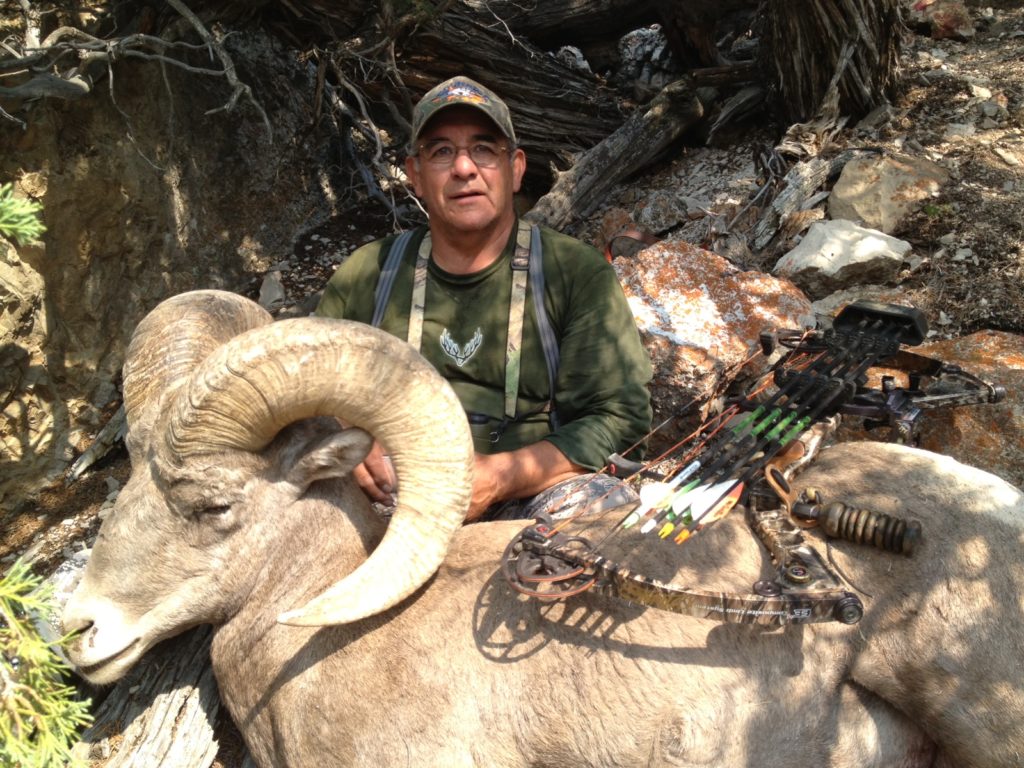
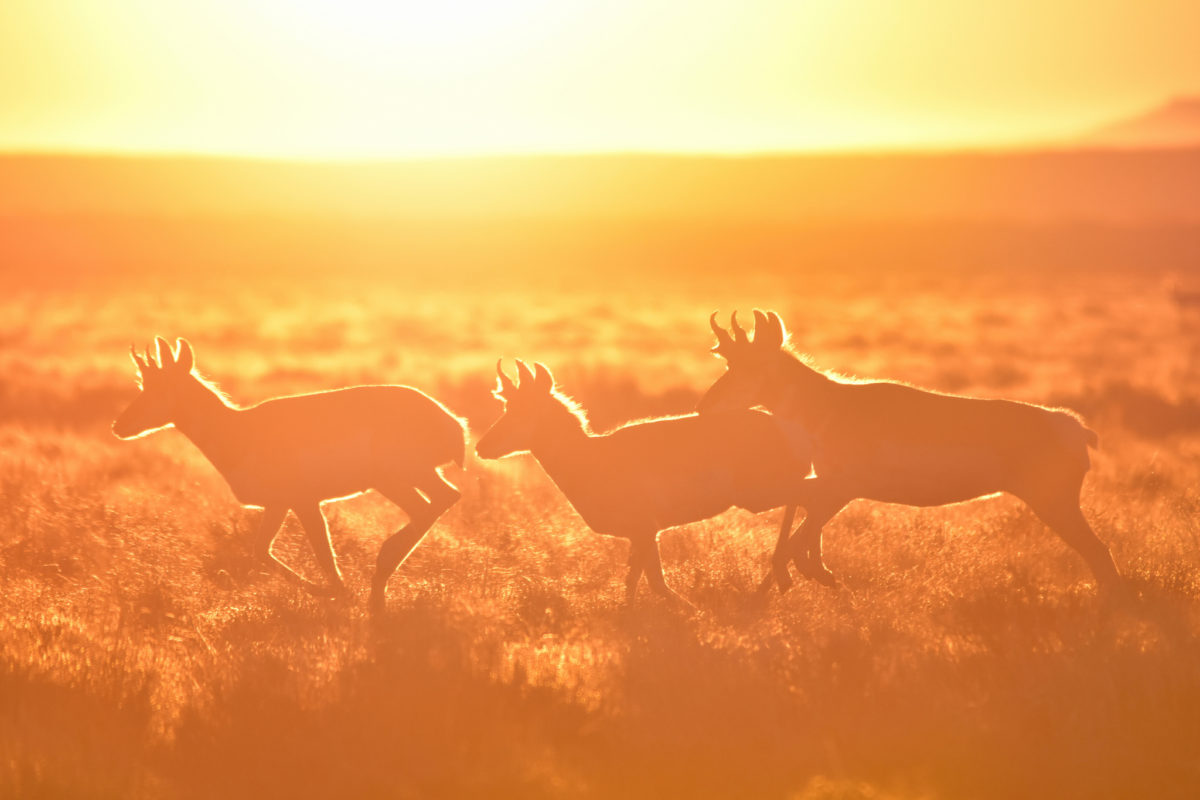
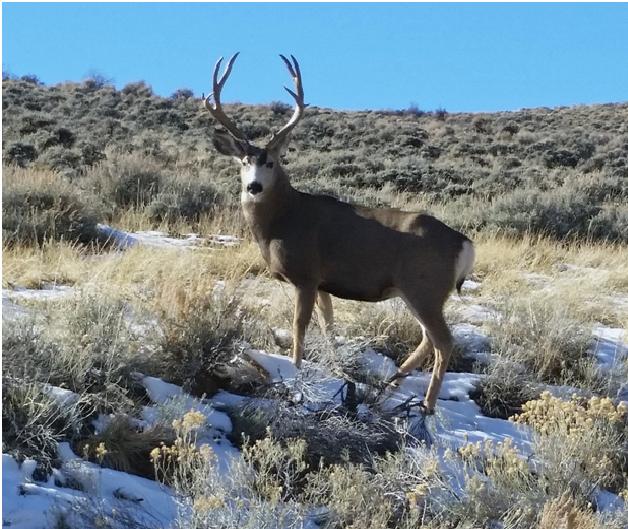
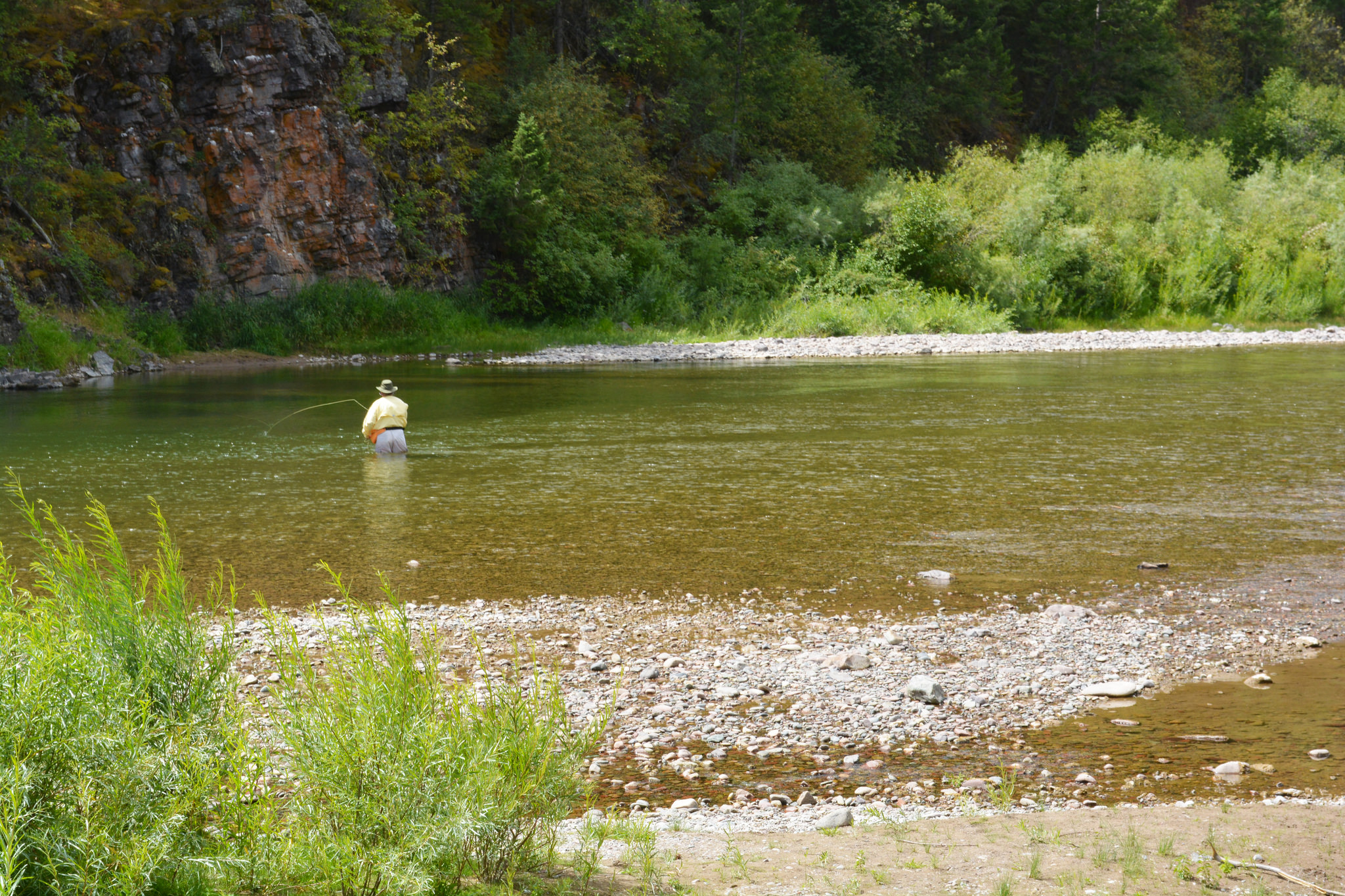
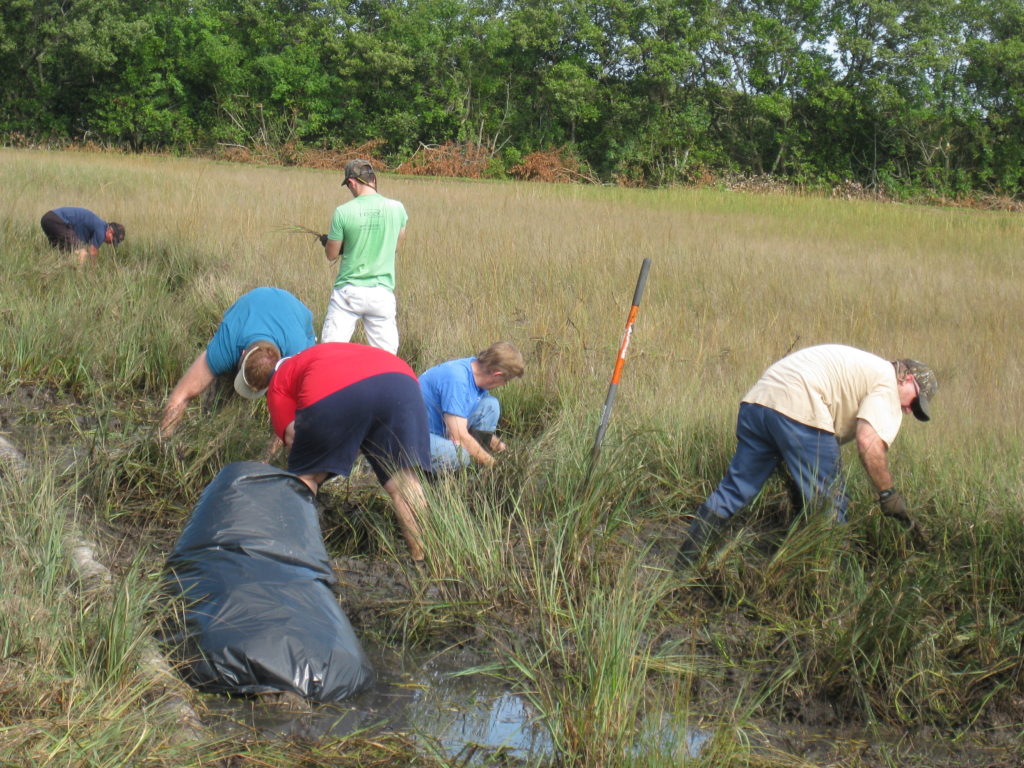
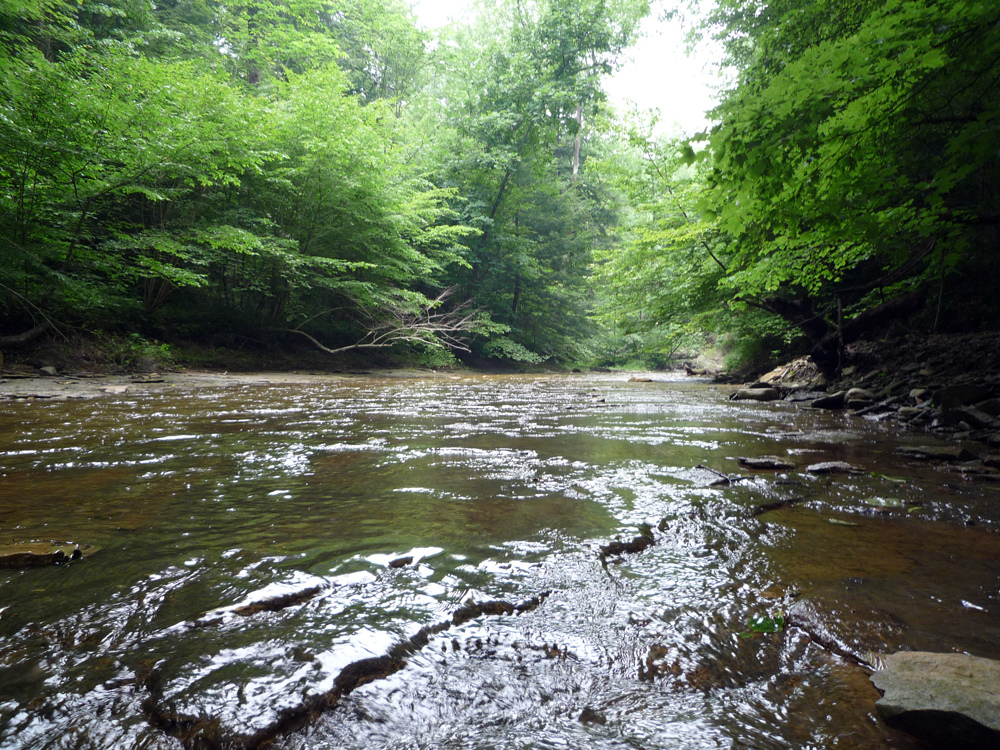




You should be doing all you can to mitigate Ryan Zinke
Democrats are pathetic, but it hasn’t been their #1 aim to destroy life on Earth. It has been, and continues to be the #1 aim of Republicans, at the very least since 1980. And Trump is the perfect chump to get them to their goal. Hold your noses and vote against Republicans.
A conservation easement on private land is like buying a beer for that cute coed at the next table instead of your drinking buddy. And this happens way too much. Big Petro or big development will push for increased wilderness or protections elsewhere in exchange for being able to use the land they want.
Look at the Bundys. Big developers in Vegas wanted to build huge tract housing, so grazing allotments were reduced to near zero on huge amounts of land in places no one wanted to develop. The only people screwed were ranchers. Forty years later an entire segment of the western population is anti federal land managers.
Often mitigation means throwing money at things. Like paying millions for a desert tortoise study center to employ all those advocacy groups working to stop developers from turning desert into water sucking houses and lawns outside Vegas. Tortoise center is not closed by the way. Environmentalists can be bought just like anyone.
I’m not anti oil. Here in Colorado oil pays for extensive and original research on the affects of oil development on mule deer. Oil works closely with the hunting community for wildlife conservation. What I’m saying is that so called mitigation is not always beneficial to everyone, cept that pretty coed.
Well done article!